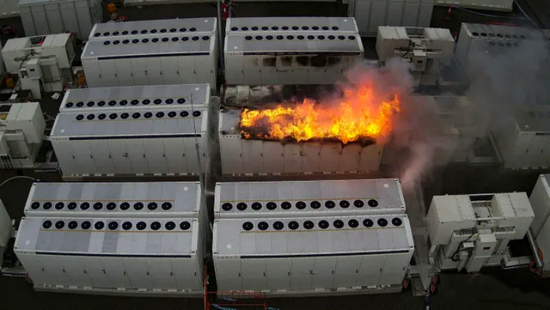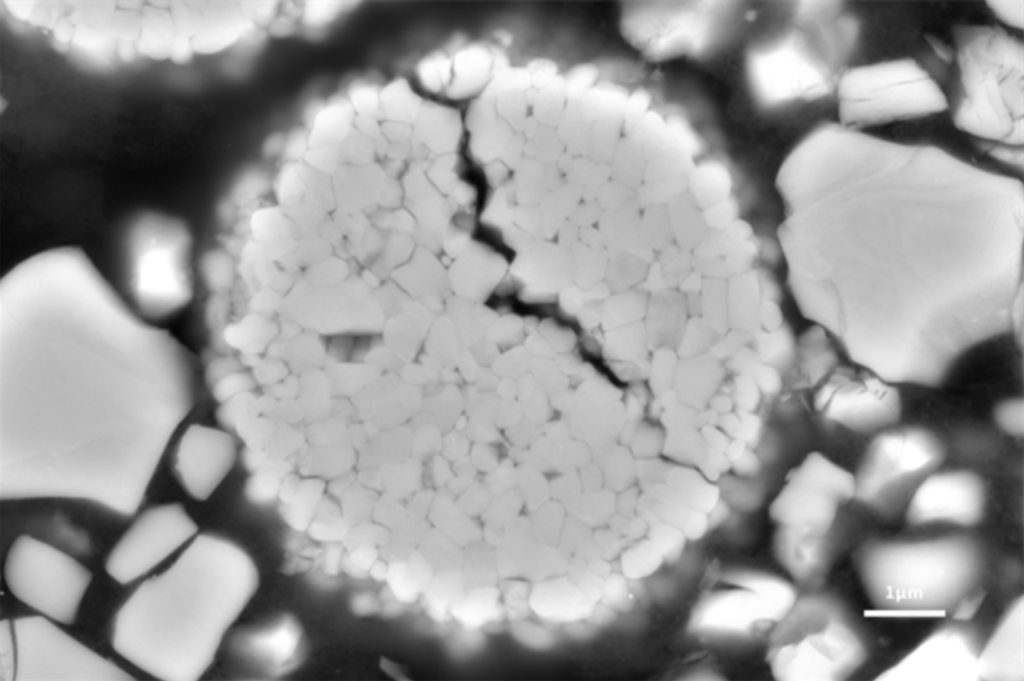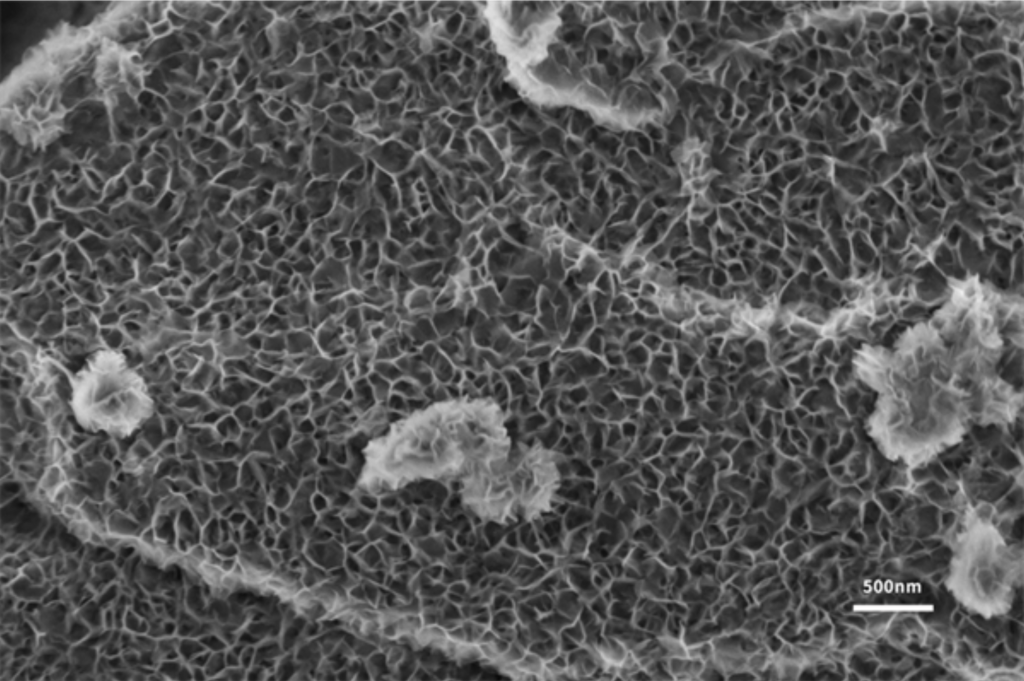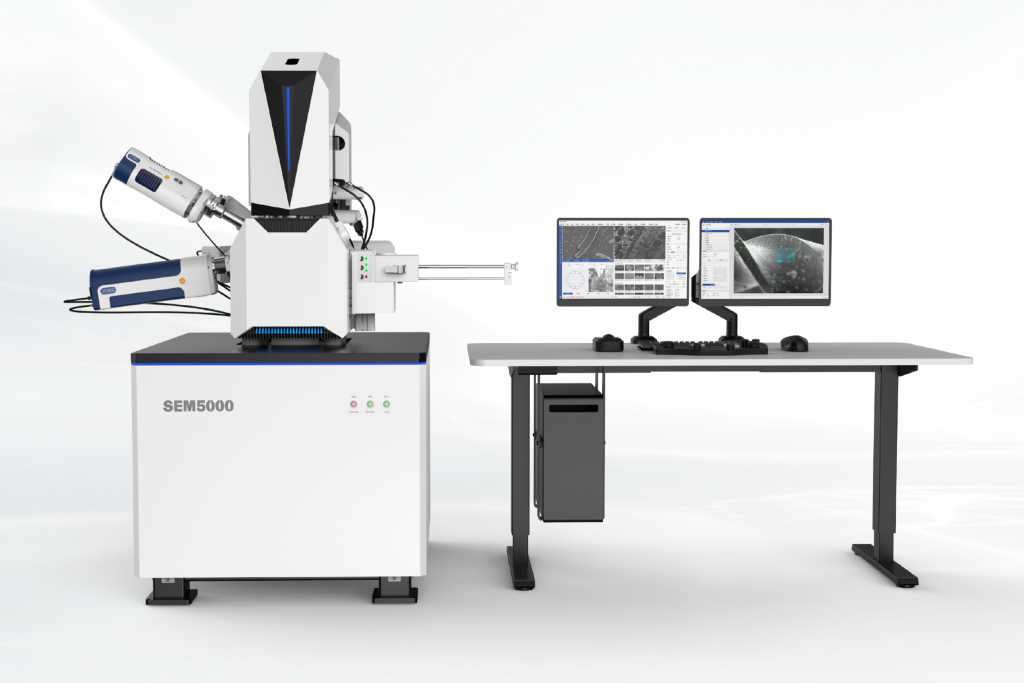Lithium battery failure analysis
Lithium-ion batteries have become one of the most widely used electrochemical energy storage devices due to their high energy density, long cycle life, and high rate capability. With the rise of new energy vehicles and other fields, the domestic demand for failure analysis of lithium-ion batteries is also increasing. However, some failures will occur during the production, transportation and use of lithium-ion batteries, which will affect the performance and reliability of the batteries, and even bring some safety problems. In order to avoid the performance attenuation and some potential safety problems of lithium-ion batteries, and to develop lithium-ion batteries with higher performance and stability, failure analysis of batteries is required.

The failure phenomena of lithium-ion batteries include capacity attenuation, increase in internal resistance, decrease in rate capability, lithium precipitation, etc. The root causes of these surface failure phenomena are often related to the failure of materials. From the perspective of materials, the failure causes of capacity fading and internal resistance increase are related to structural failure, microcracks and breakage of positive electrode materials, damage of negative electrode materials and excessive growth of surface SEI. With the help of the high-resolution capability of the field emission scanning electron microscope SEM5000, we can disassemble the cycled battery and observe the fine morphology of the surface of its constituent materials to help determine the cause of lithium-ion battery failure.
There are three main sources of cracks in positive electrode particles:
(1) The original defects in the electrode particles;
(2) Crack growth caused by rolling during pole piece processing;
(3) During the cycle of the battery, due to the shrinkage and expansion of the crystal caused by the deintercalation of lithium ions, the separation and contact between the grains are reduced, resulting in the further expansion of cracks.
Cut the cycled battery pole piece, and the internal cross-sectional structure of the pole piece can be observed (Figure 2). Through the cross-sectional observation of the positive electrode sheet after cycling, it was found that some NCM positive electrode particles had cracks and voids between the grains, which caused the extension of the lithium-ion path and led to the failure of the battery, resulting in the attenuation of the battery capacity.

The graphite surface exposed in the electrolyte will electrochemically react with the electrolyte to form a solid electrolyte interfacial phase (SEI) (Figure 3). If the SEI grows excessively, it will reduce the Li+ content in the internal system of the battery, resulting in energy attenuation. If the SEI is too thick, it will also lead to an increase in the internal resistance of the lithium-ion battery, accompanied by failure problems such as a decrease in energy density, a decrease in voltage and power, and heat generation.

Advanced solutions for the analysis and testing of lithium battery materials
With advanced quantum precision measurement technology as the core and focusing on the main channel of scientific instruments, we have launched a series of high-end scientific instruments that are “what others have” and “what others have” and launched systematic raw material testing for the lithium-ion battery industry. Analysis and product quality testing program. Based on the self-developed scanning electron microscope, specific surface and pore size analyzer, electron paramagnetic resonance spectrometer and other high-end scientific instruments, it can detect the negative electrode material, positive electrode material, diaphragm and other raw materials of lithium-ion batteries respectively, so as to avoid the low quality of raw materials, Battery failure caused by the introduction of impurities and improper processing technology.
Field Emission Scanning Electron Microscope SEM5000

SEM5000 is a field emission scanning electron microscope with high resolution and abundant functions.
Advanced tube design, high-pressure tunnel technology (SuperTunnel), low aberration and MFL objective design, achieve low voltage high-resolution imaging, and magnetic samples can be applied. Optical navigation, perfect automatic function, carefully designed human-computer interaction, optimized operation and use process, no matter rich experience or not, you can quickly get started and complete high-resolution shooting tasks.